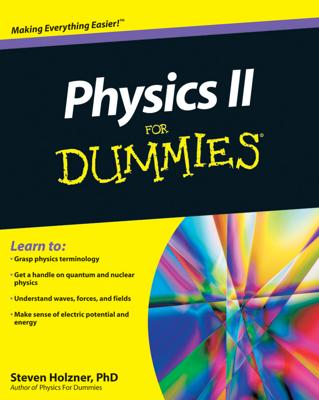In the light of all of the recent criticisms of string theory, many of which have some measure of validity or logic to them, you may be wondering how anyone could continue working on string theory. How could some of the most brilliant physicists in the world devote their careers to exploring a field that is apparently a house of cards?
The short answer, stated in various forms by many string theorists over the years, is that they find it hard to believe that such a beautiful theory would not apply to the universe.
String theory describes all of the behavior of the universe from certain fundamental principles as the vibrations of 1-dimensional strings and compactification of extra dimensional geometries, and can be used in some simplified versions to solve problems that have meaning to physicists, such as black hole entropy.
Most string theorists are able to dismiss the idea that string theory should be further along than it is. String theory does, after all, explore energies and sizes beyond our current technology to test. And, even in cases where experiment can guide theory, there are cases where 30 years was not enough time.
The theory of light took much longer than 30 years to develop. In the late 1600s, Newton described light as tiny particles. In the 1800s, experiments revealed that it traveled as waves. In 1905, Einstein proposed the quantum principles that led to wave-particle duality, which in turn resulted in the theory of quantum electrodynamics in the 1940s.
In other words, the rigorous physical examination of light traces a path from Newton through to Feynman that covers about 250 years, filled with many false leads along the way.
And quantum electrodynamics is a quantum field theory, which means it has infinite solutions unless it goes through a process of renormalization. The fact that string theory may also be infinite isn’t seen as a big deal, because the existing theory is definitely infinite. (Although, again, one of the motivations of string theory was to remove the infinities.)
For that matter, it took more than 1,500 years for heliocentric models of the Earth’s motion to be accepted over geocentric models, even though anyone could look up at the sky! It’s only because our modern world moves so fast that we feel we need quick and easy answers to something as simple as the fundamental nature of the universe.
As mentioned earlier, neither side has won the debate (or “string wars”) yet, but many feel that the very fact that the debate is taking place is, on the whole, good for science. And those who don’t — well, they’re probably part of a groupthink cult of string theorists.

